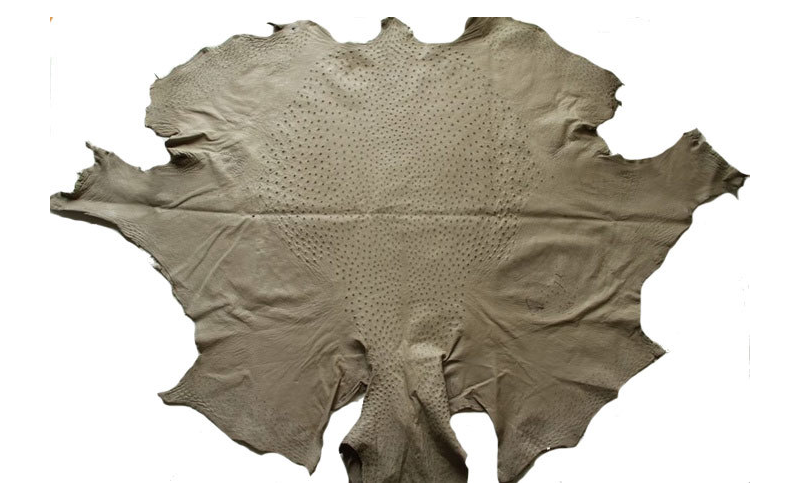Answer the question
In order to leave comments, you need to log in
How to measure the area of an object from a photograph?
Hello,
there are many photos of skins like the one on the attachment. 
It is necessary to somehow measure their area.
It is possible, when photographing, to draw some marks both next to and on the skin itself (on the skin with chalk, so that the lines will be thick)
Also, as I understand it, it will be necessary to take into account lens distortion, distance to the camera, etc.?
Please, is there any solution for this?
Thank you!
Answer the question
In order to leave comments, you need to log in
White background. Contrasting with the color of the skin mesh on the background. Skin on top.
We analyze the picture, count the number of squares that the skin covers.
If you need increased accuracy, we analyze partially closed squares separately.
Use a ruler next to you when taking pictures. This is how evidence is photographed. Then you can easily calculate.
Another option is to come up with a grid design, like in Photoshop, for example. Stick it on the table and take a picture from above. In fact, the same line, only the size of the entire table.
1. A stand is being prepared on the wall, on which a bright green / pink (not white or black! To make it easy to subtract the background) rectangular canvas of a known area is attached. The linen should always be larger than any largest hide.
2. The digital camera/camera is positioned at a predetermined distance from the stand to completely cover the canvas. Lighting should be the same for all shots. Uniform lighting is desirable with fluorescent lamps or whatever the photographer brings.
3. The skin is fixed on the canvas.
4. Photographed from a tripod as a whole, always pointing to the center of the canvas.
5. All pictures are "fed" to the image processing program (for example, on OpenCV ). This work is best left to a specialist.
If you want to process it yourself, then we get the area of \u200b\u200bthe skin by subtracting the area of \u200b\u200bthe bright background and the previously known area of \u200b\u200bthe canvas.
A decision comes to my mind.
When photographing, put 5 cardboard squares of a contrasting color and a strictly defined size (say, 10 x 10 cm) - in the corners and in the center.
Then, comparing their areas, you can roughly estimate the distortion from the lens and the inaccuracies of the angle.
Then stupidly count the pixels darker than a certain threshold and multiply by some empirically selected coefficient, which depends on the distance from the center and the degree of distortion obtained in the previous step.
I will describe the principle.
1) A contrast photograph of the skin is taken with a scale reference (for example, a square 10x10cm)
2) It is given in monochrome
3) It is vectorized
4) The area of the resulting figure is automatically measured in Corel.
Didn't find what you were looking for?
Ask your questionAsk a Question
731 491 924 answers to any question